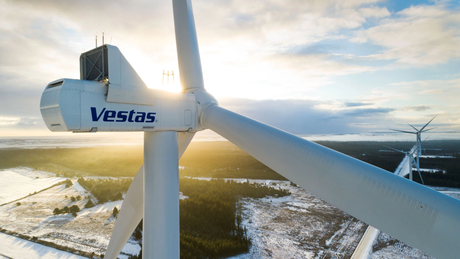Power Semiconductors




Our experts will answer any further questions you have about Fuji Electric and our technologies.